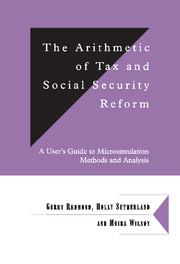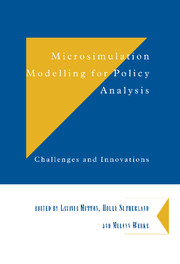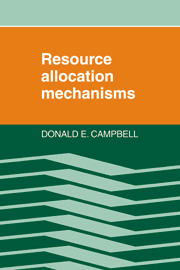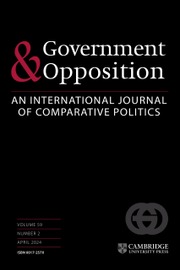The Arithmetic of Tax and Social Security Reform
Tax-benefit models are powerful tools for the analysis of the impact of policy reform, in regular use around the world in government and research organisations. This study focuses on one particular model, POLIMOD, and performs three tasks. It provides an illustration of the type of analysis that can be performed, and demonstrates the sensitivity of results to some of the key assumptions that are made. It steps inside POLIMOD and documents some of the inner layers of data manipulation and model construction that drive its output. And it provides a detailed assessment of the reliability of those outputs based on a validation against external sources. The study offers those who use models like POLIMOD, or their outputs, an appreciation of the constraints and assumptions that shape the analysis they provide. And it provides those directly involved in the development of microsimulation models with a guide to methods.
- The first detailed exposition of a particular tax-benefit model
- Major implications for government economists and civil servants
- Strong linkages to public and social policy questions
Product details
October 1998Hardback
9780521632249
318 pages
229 × 152 × 19 mm
0.6kg
94 tables
Available
Table of Contents
- Part I. Tax-Benefit Methods: Methods and Analysis:
- 1. Introduction
- 1.2 Prospects for further development
- 2. POLIMOD
- 2.1 Introduction
- 2.2 Policy options
- 2.3 Run options
- 2.4 Updating
- 2.5 Income measure
- 2.6 Incidence and behaviour assumptions
- Appendix
- 2.1 Policy parameters
- Appendix
- 2.2 Options for income-tax policy
- Part II. Model Outputs and Modelling Assumptions:
- 3. The distributional effect of changes in UK policy since 1978
- 3.1 Introduction
- 3.2 Average taxes and benefits
- 3.3 Distributional effects
- 3.4 Gainers and losers
- 3.5 Conclusions.








